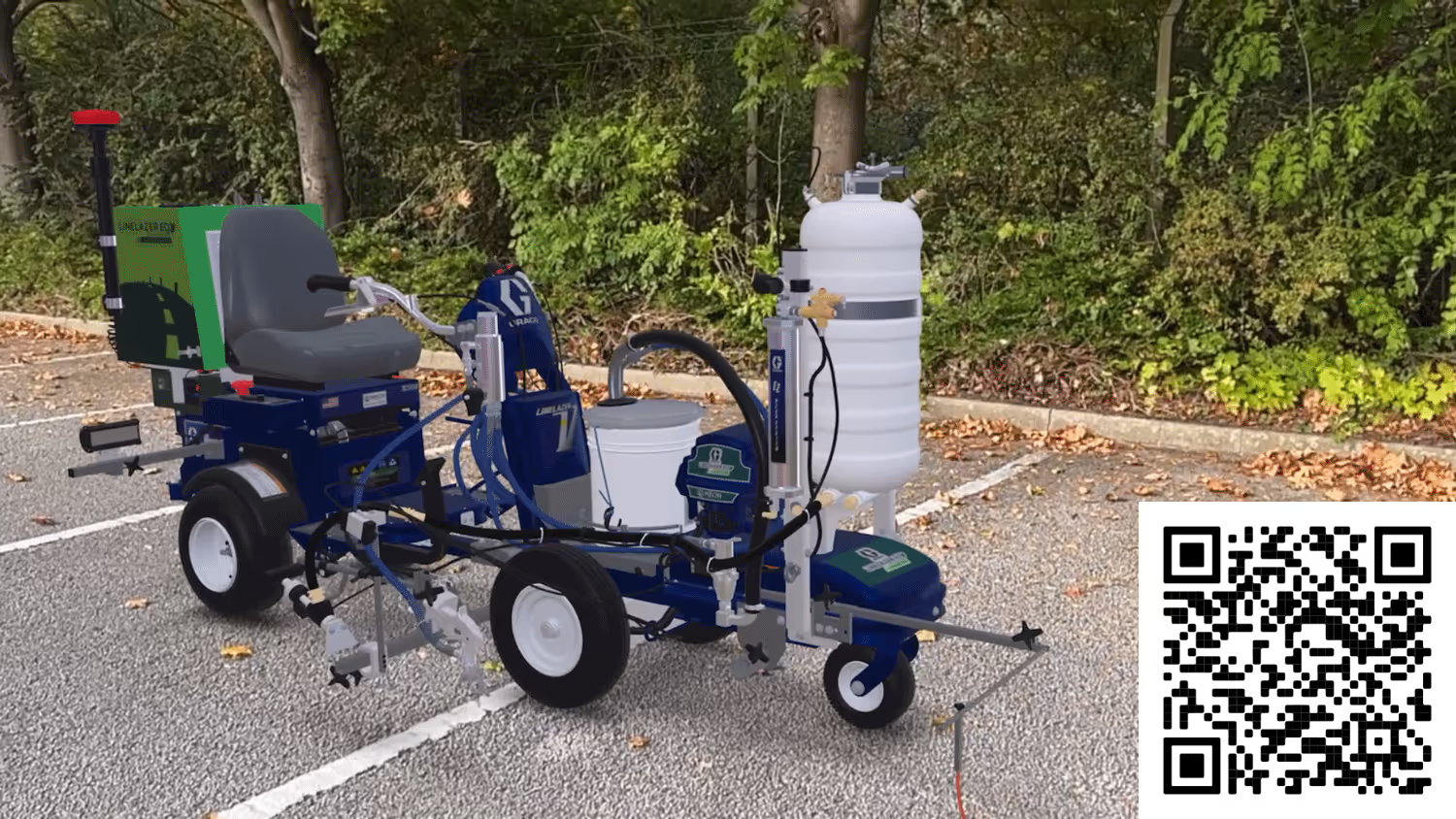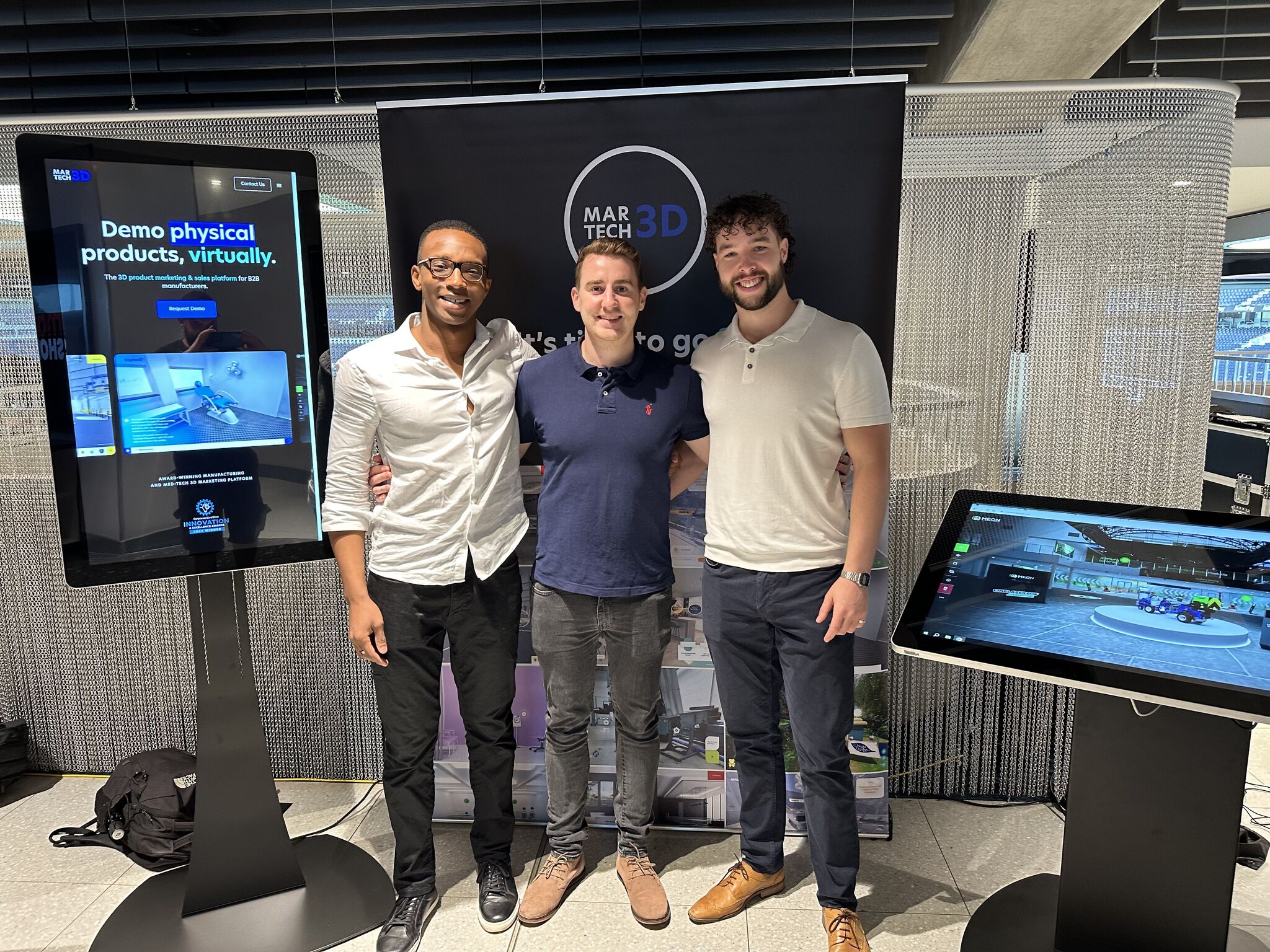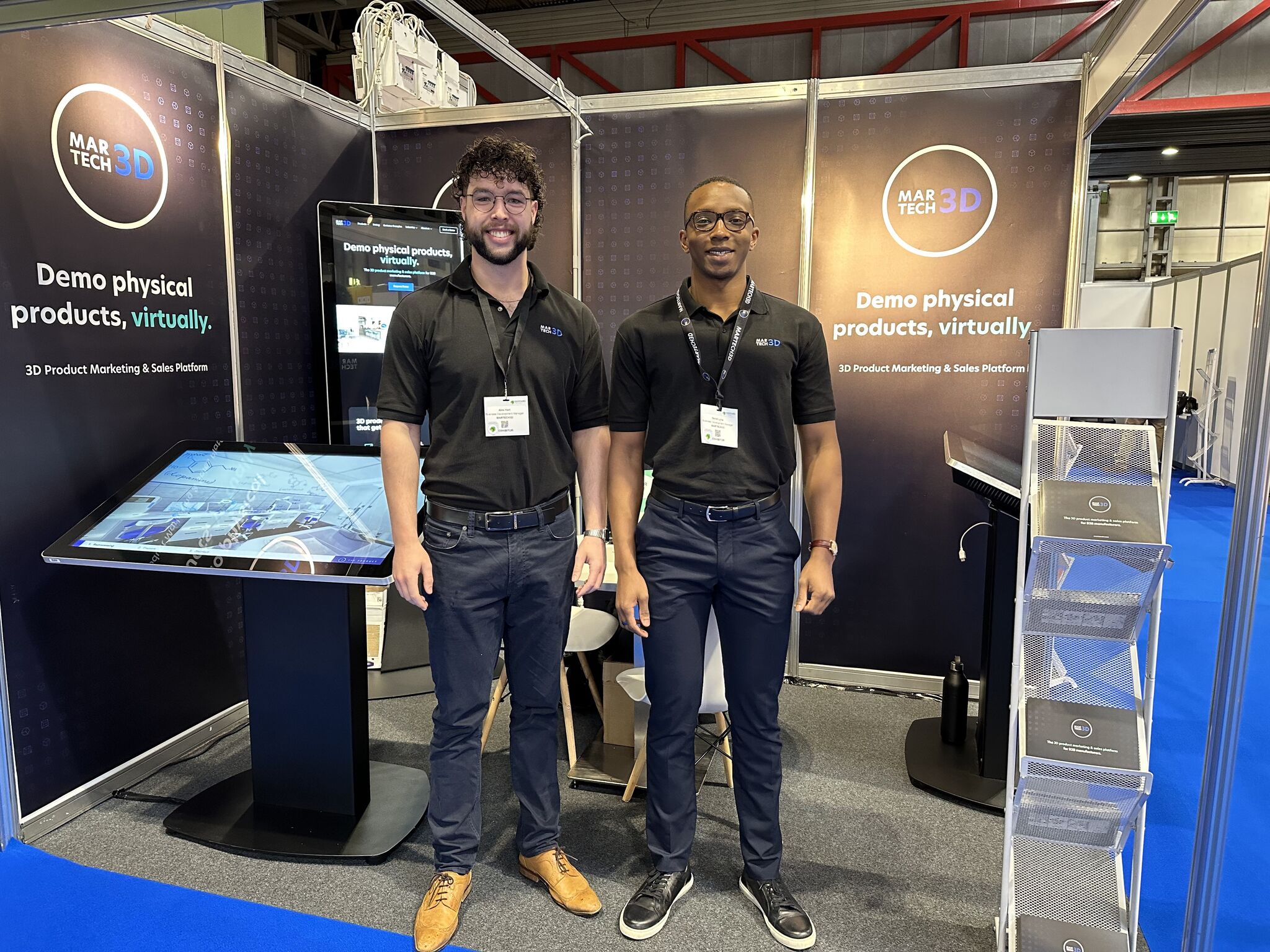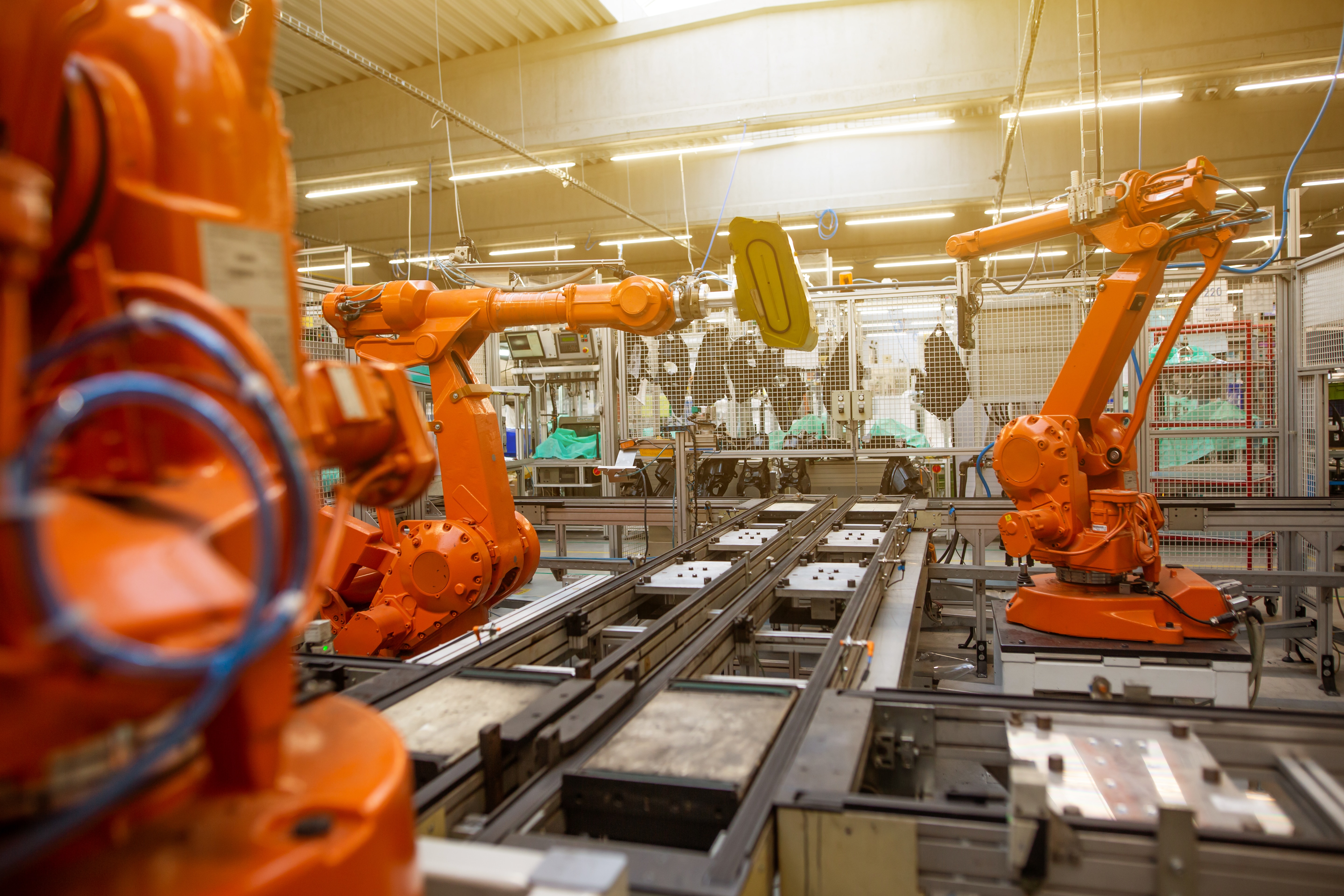May 15, 2025
AR, VR and MR: What Manufacturing Marketers Actually Need to Know

AR, VR and MR: What Manufacturing Marketers Actually Need to Know
Getting Past the Tech Jargon
AR, VR, MR — it’s easy to get lost in the acronyms. Most of the conversation around immersive technology sounds like it belongs in an R&D lab, not a marketing meeting.
But for manufacturers, the question isn’t “what’s futuristic?” — it’s “what helps us show and sell our products better right now?”
And the answer, increasingly, is Augmented Reality (AR).
What Each One Does (and Why It Matters for Marketing)
Augmented Reality (AR) adds a digital layer to the real world. For marketers, that means showing a 3D model of a product in the customer’s own space — through a phone, tablet, or laptop camera.
Virtual Reality (VR) replaces the real world entirely. It’s immersive, but it needs a headset and a controlled environment, so it’s rarely practical for day-to-day marketing or sales.
Mixed Reality (MR) tries to combine both, but the hardware and software are still expensive and inconsistent. For most marketing teams, it’s not ready for real-world use.
Why Marketers Are Choosing AR First
AR has become the natural starting point because it fits directly into the way B2B marketers already work.
Buyers want to understand products quickly and clearly — especially when they’re too large, technical, or complex to bring to meetings or events. With AR product viewers, prospects can simply scan a QR code or tap a link and see a true-to-scale 3D model of your product placed right where it would sit in their factory, workspace, or site.
No headset. No downloads. Just instant understanding.
For trade shows, websites, sales decks, or digital brochures, AR bridges the gap between “here’s what it looks like” and “here’s how it fits in your world.”
Why VR and MR Aren’t There Yet
VR still shines in training and safety simulations, but it hasn’t crossed into mainstream marketing. It isolates the user, it’s expensive to deploy, and it takes more setup than most marketing teams can justify.
MR is even further behind. The idea of blending physical and digital is exciting, but until the hardware becomes standard, it’s something to monitor — not something to budget for.
The Practical Step That Works Now
For manufacturing marketers, AR product viewers are the clear first step into immersive marketing.
With MarTech3D | Engine, teams can publish 3D product models as AR experiences that run directly in the browser — no apps, no installs. It’s the easiest way to help buyers see scale, understand features, and visualise products in context, wherever they are.
The Takeaway
AR isn’t about showing off tech. It’s about showing off products.
For manufacturers, it’s the most practical and proven way to make complex products easier to understand — and to turn that clarity into more confident buying decisions.



.jpeg)









